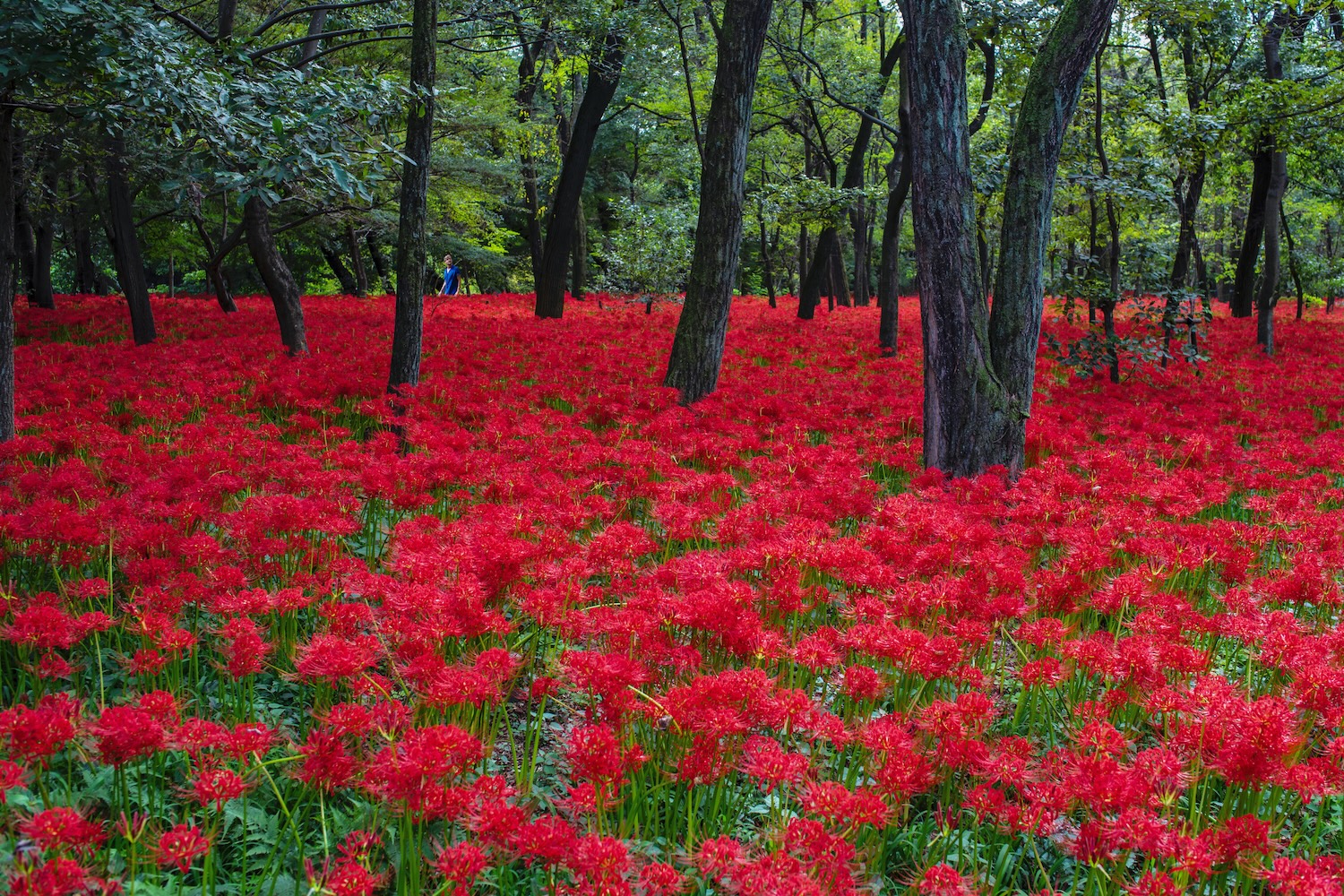As I first started to explore Japan off the beaten path, my intention was to go far. For example, I spent time on the country’s “other” islands (Shikoku, Kyushu, Hokkaido and the Okinawa archipelago), plus secondary regions like Tohoku and San’in.
It’s been much more recently that I’ve begun to dig deep, focusing on prefectures that are so close to the tourist trail you almost forget they’re there. Many of these are around Tokyo, including Chiba (which is home to Narita Airport) and Kanagawa, where you find both Yokohama and Hakone.
My Saitama travel guide, to be sure, introduces to you to a part of Japan’s that’s among its least-known and loved, in spite of much of it being less than an hour by train from Tokyo. Continue reading to see what you’re missing.
Why Saitama is Usually a Day Trip from Tokyo
Although some Saitama hotels exist, I won’t be broaching that topic here. This is because destinations in Saitama prefecture are usually day trips from Tokyo. Now, as far as why this is the case? There are a few reasons, but one is the most of these destinations are reachable in just an hour or two from central Tokyo. There isn’t a need to stay overnight in Saitama, and so most people just don’t.
For example, reaching Kawagoe from Ikebukuro Station takes around an hour, while a Shinkansen can get you from Tokyo or Ueno Stations to Omiya Station in less than half an hour. Although it’s true that some of the other destinations I’ve listed (namely, those where a rental car is either necessary or helpful) might require a slightly longer time in transit, you simply wouldn’t need to stay overnight unless you absolutely wanted to (more on that in a second).
My Favorite Things to Do in Saitama
Explore Edo-era townscapes in Kawagoe
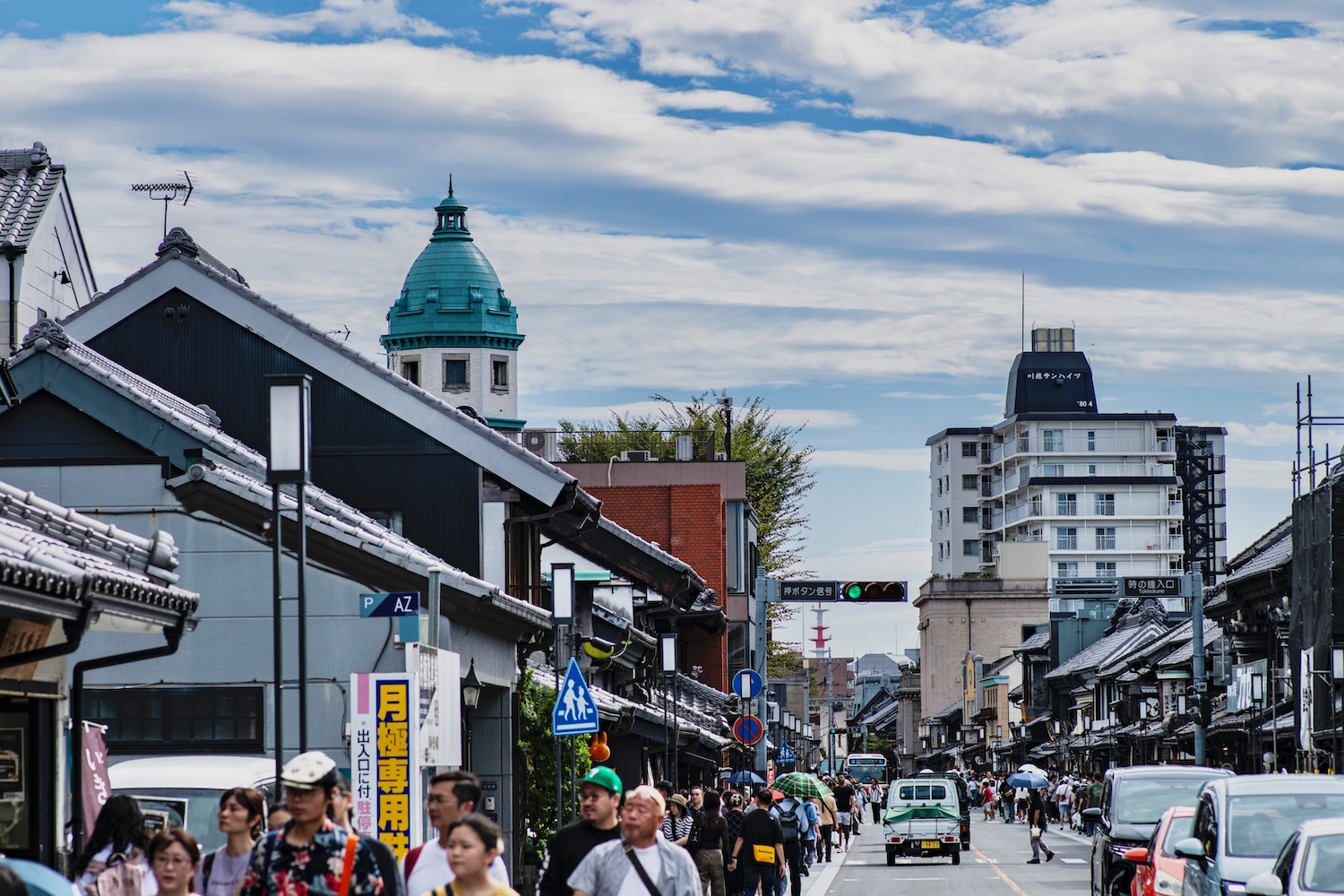
Whether beneath the Toki-no-kane bell tower or along the Taisho Roman Old Street, Kawagoe will take you back to Japan’s Edo period. Beyond this, Kawagoe is a paradise for unique cuisine combinations (eel and sweet potatoes, anyone), and cherry blossoms along the Shingashi River in April.
See red spider lilies at Kinchakuda
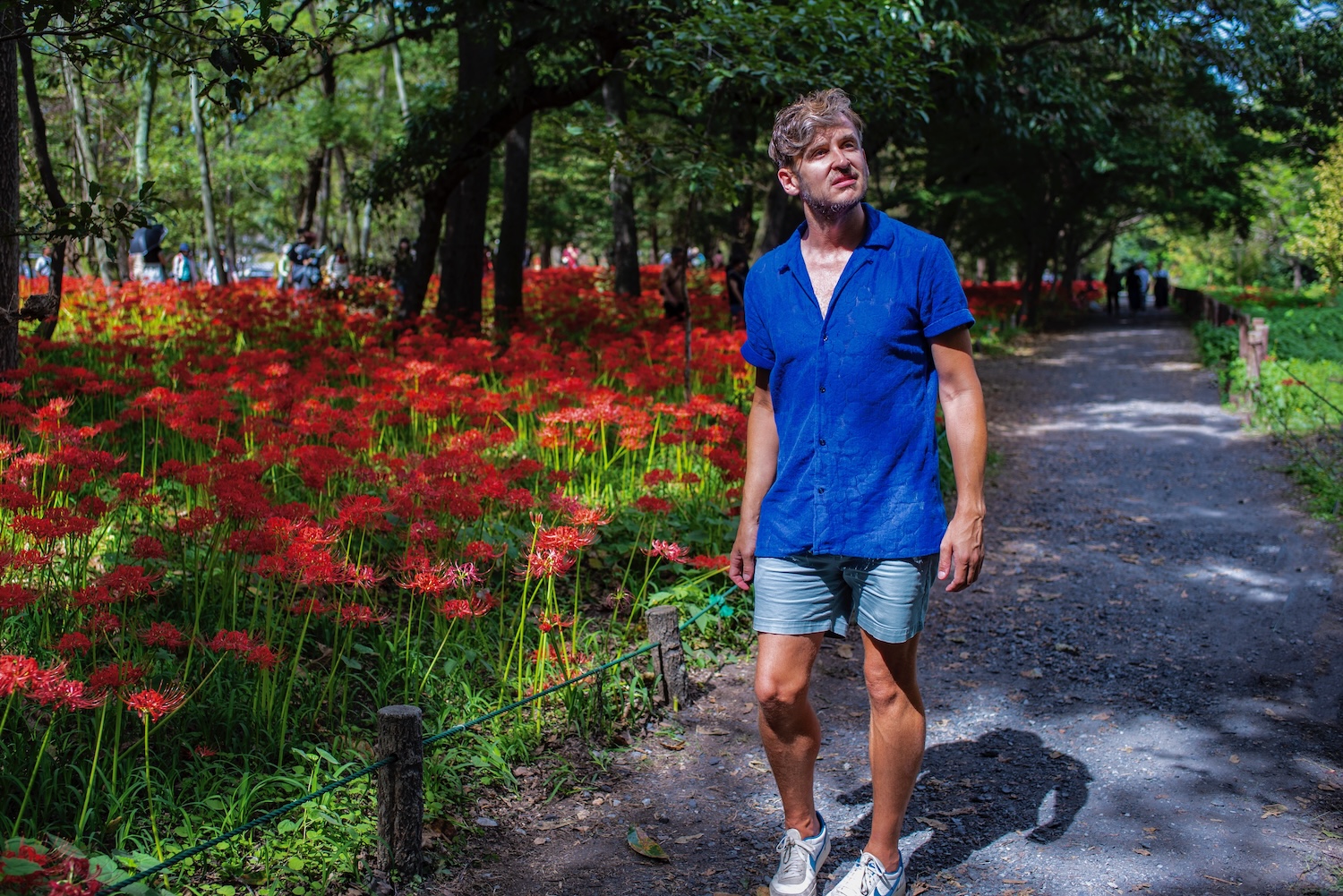
Can’t plan your Saitama itinerary for the springtime? Not to worry. The prefecture is also amazing in the off-season. I’m thinking in particular about late September and early October, when the red spider lilies of Kinchakuda Manjushage Park reach full bloom. Known alternately as manjushage and higabana, the scarlet carpets these form mean that they’re among my favorites of Japan’s unsung flowers.
Appreciate the majesty of Omiya Bonsai Village
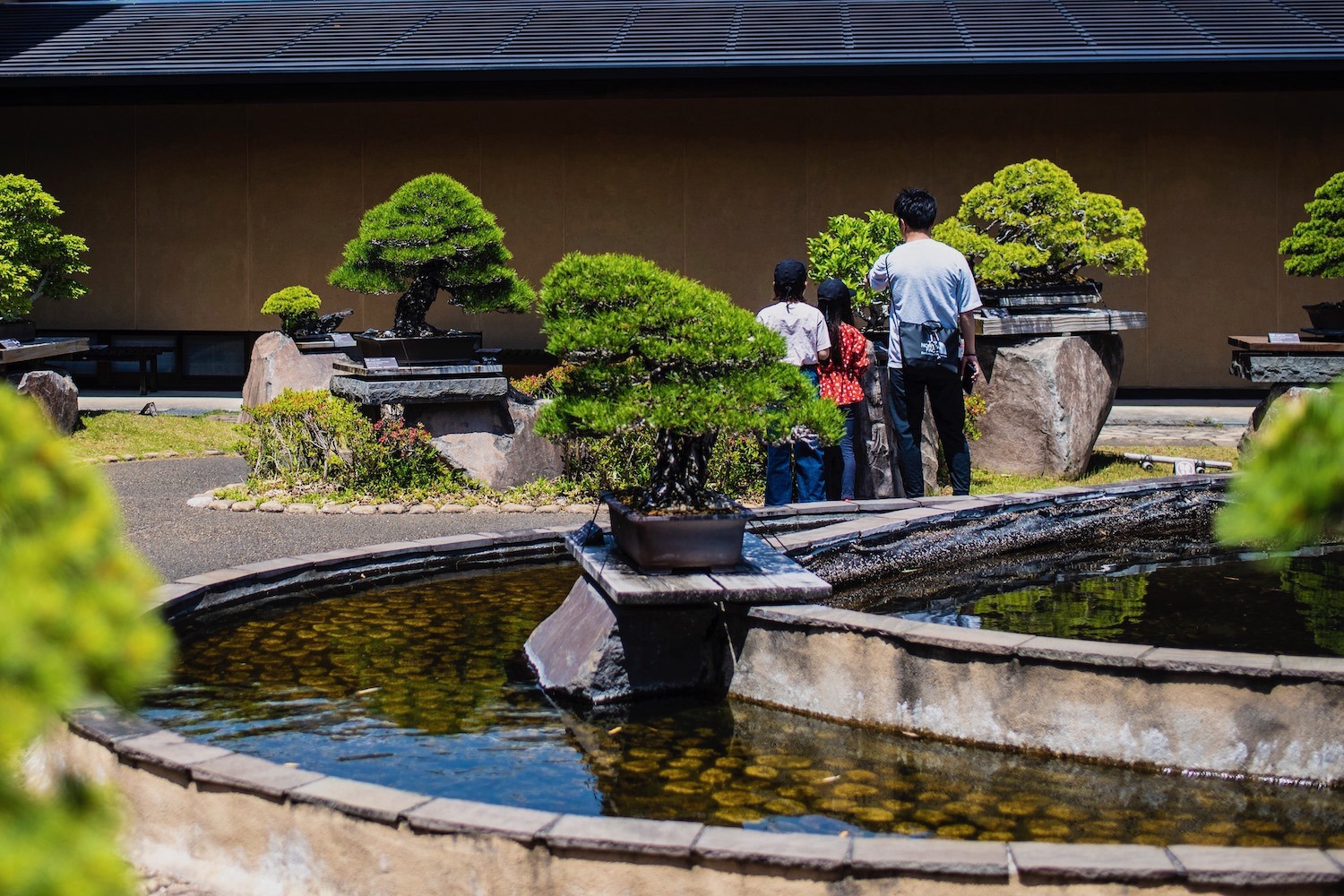
I only disliked one thing about Omiya Bonsai Village—namely, that US import restrictions on plants meant that I couldn’t bring one with me! Thankfully, there are plenty of photos to be taken here, to say nothing of the Omiya Bonsai Art Museum, and all you can learn while there. Learn, and appreciate: Some of the bonsai here are over 400 years old!
Eat Japan’s most unique soft cream in Okabe
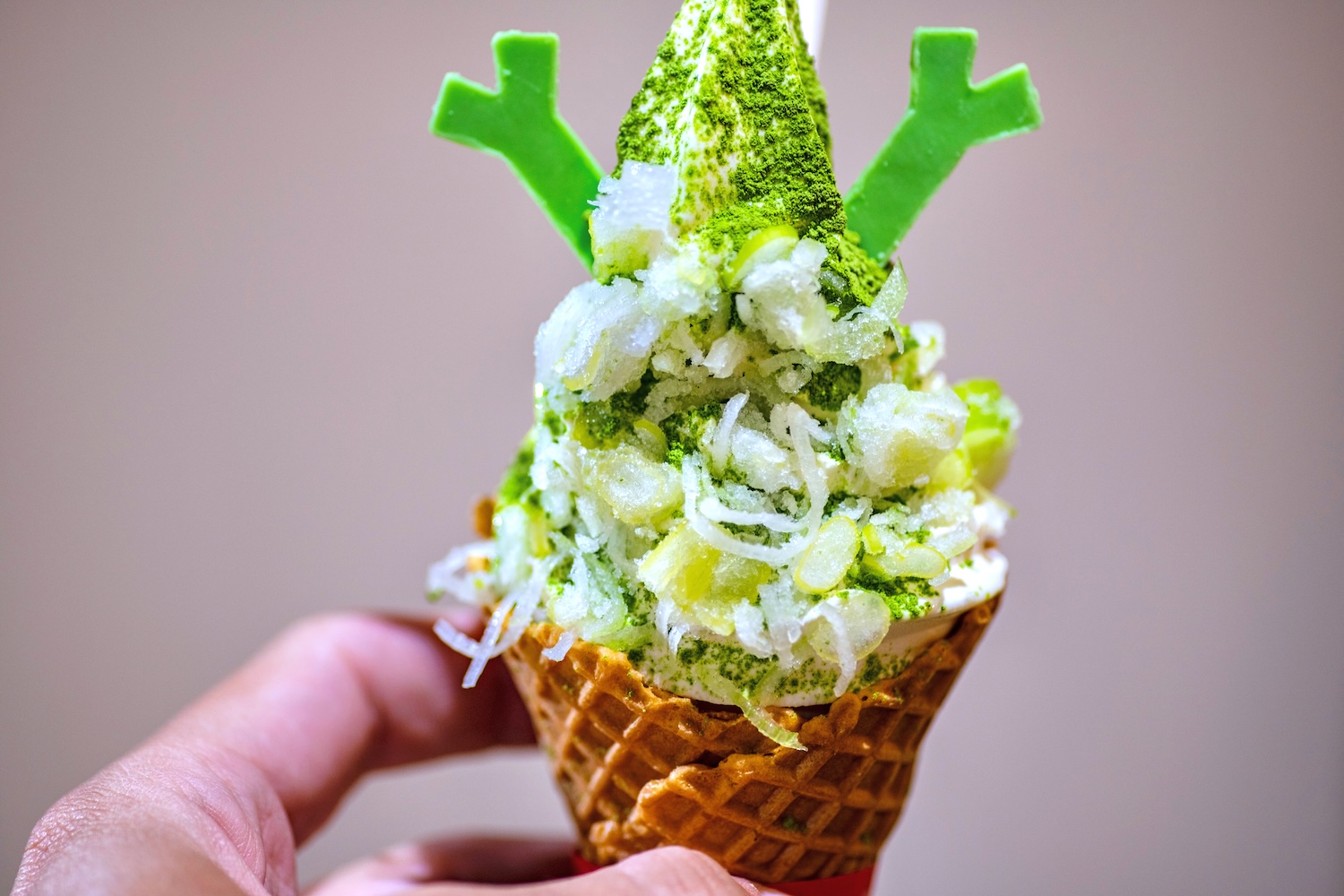
Another unique example of what to do in Saitama? Well, if you are driving, stop in at the Okabe Roadside Station, known in Japanese as the Michi-no-eki. Among other local treats, it features soft cream made with leeks, which are among the most prolific crops near here. While not one of my favorite flavors of this concoction in Japan (and god knows there are hundreds), it’s not nearly as bad as you’d think it is.
Enjoy scenes straight out of anime
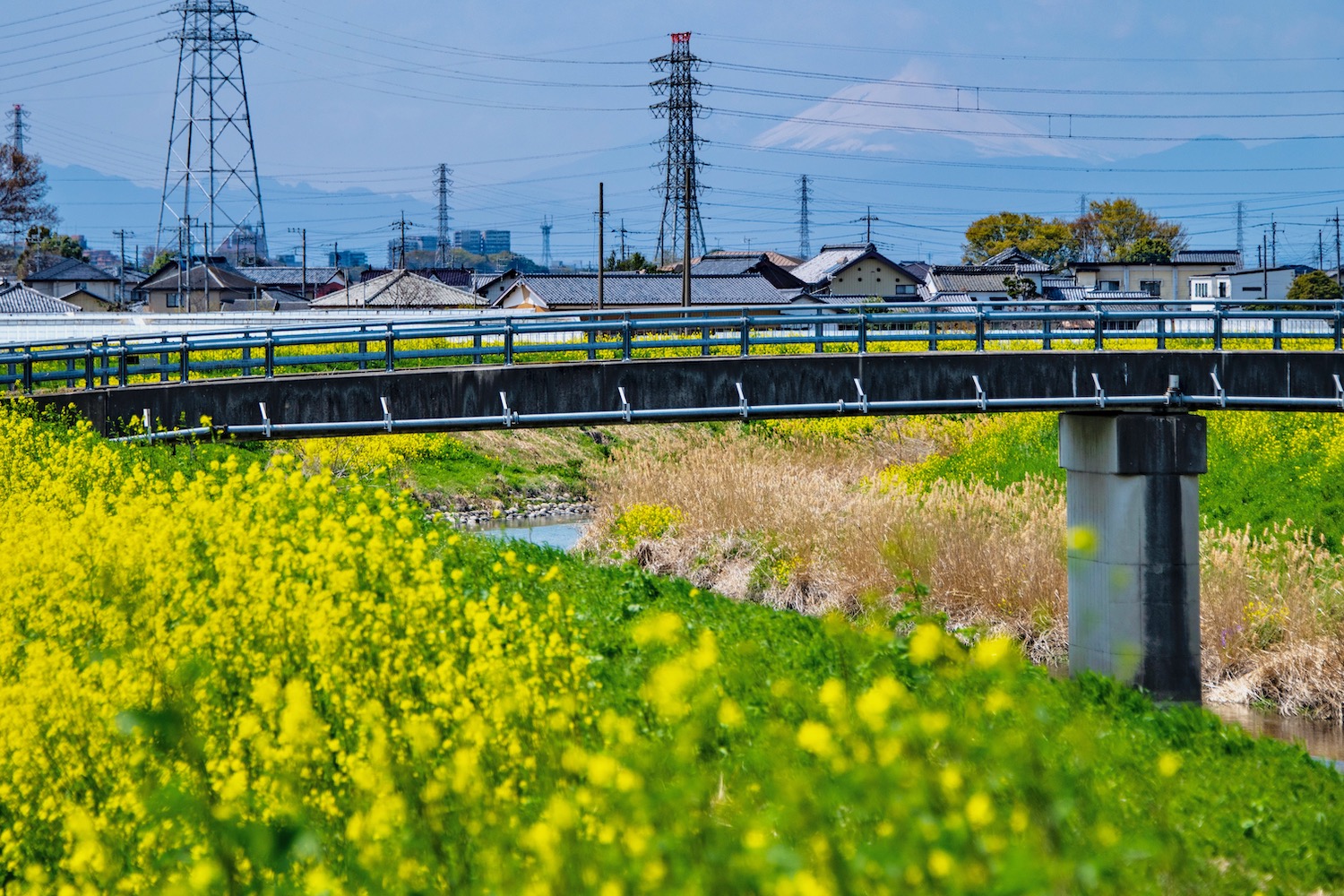
Apart from its major cities, Saitama is a rural, bucolic province, with pastoral scenes abundant in all direction. Pastoral scenes, and ones that look straight out of anime. This is especially evident in spring, when both sakura and rape seed are blooming, adding bright bursts of color everywhere, and particularly on clear days where from certain vantage points, you can see Mt. Fuji.
Should You Stay Overnight in Saitama?
Earlier, I called attention to the major reason most people don’t stay overnight in Saitama. The second? Unless you choose a special historical hotel in Kawagoe (I’m thinking Ryokan Matsumuraya or Musubiya), or have a deep desire to stay in a business hotel near Omiya Station, accommodation in this part of Japan is simply inferior to what you can find in the capital. You can do this, but why would you want to?
The only exception to this rule might be if you simply don’t want to stay in Tokyo, or if you are priced out by high occupancy during a busy period. Alternatively, if you’re flexible about how many days in Saitama you spend—or, more to the point, you want or expect to take a long trip through the prefecture—there’s an argument to be made that Saitama-ken itself might make a better base than Tokyo.
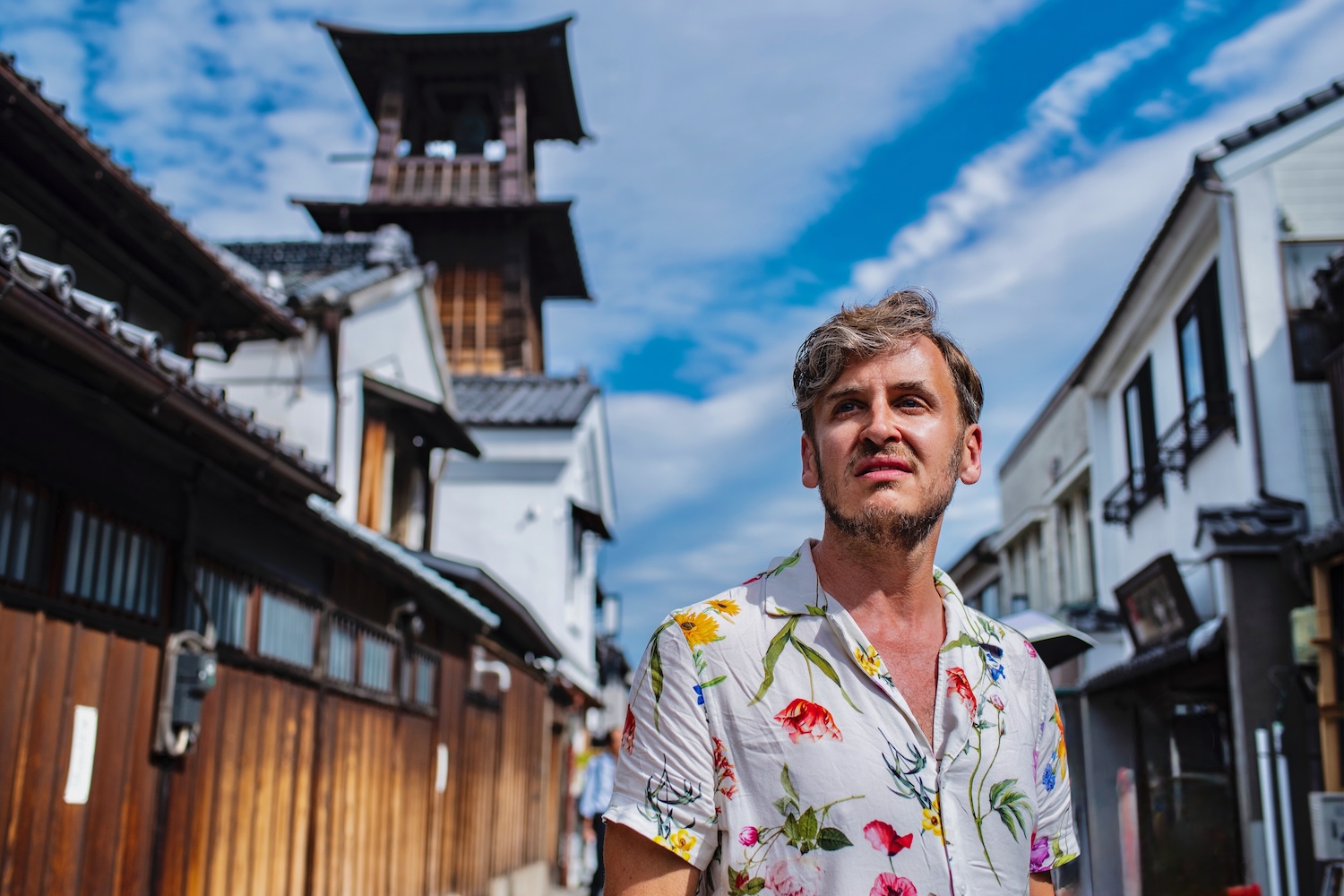
Other FAQ About Visiting Saitama Prefecture
Is Saitama worth visiting?
Although I didn’t initially think much of the prefecture, I’ve found that I love and appreciate Saitama more as the years go by. In particular, if you have the time to explore destinations beyond Kawagoe, the return on your investment of time will be very high, especially in early autumn when the higabana are blooming.
How to get from Tokyo to Saitama?
How you get from Tokyo to Saitama depends upon where in the prefecture you are visiting. While trains (the Tobu Tojo Line, and northbound Shinkansen trains, respectively) can take you from Tokyo (Ikebukuro and Tokyo/Ueno Stations) to Kawagoe and Omiya, many of the other destinations I’ve covered here are most easily reached by private car.
Why is “Saitama” written in hiragana?
The name of Saitama (さいたま) City is written in hiragana, rather than kanji, because it was created as an agglomeration of several other cities, and authorities wanted the new entity to have its own identity separate from that of the prefecture (埼玉県). It’s one of few Japanese cities where this is the case; another is Iwaki (いわき) in Fukushima.
The Bottom Line
I hope my Saitama travel guide inspires you to explore this oft-missed corner of Japan—and not just by taking a day trip from Tokyo to Kawagoe, although that’s of course worth doing. Saitama-ken, to be sure, is much more eclectic than you might initially think, whether you visit nurseries of miniature pine trees at Omiya Bonsai Village, or taste bizarre leek-flavored ice cream at the Okabe Roadside Station. If you happen to be here around October 1, meanwhile, the manjushage spider lilies are worth the provervial price of admission all on their own. Need personalized help planning your Saitama trip? Consider hiring me to create you itinerary!



